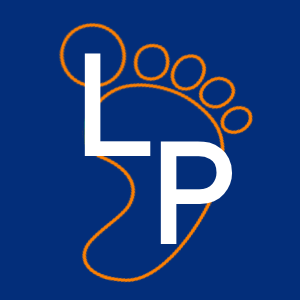About Heel Spurs and Where to Find Treatment for Heel Pain and Plantar Fasciitis in Hampton Park
Heel spurs form when calcium deposits cause bony protrusions on the heel bone. Though they are sometimes painless, they can cause significant heel pain. Heel spurs are commonly associated with plantar fasciitis, or inflammation of the plantar fascia, the band of connective tissue that connects the ball of the foot to the heel bone.
What Causes Heel Spurs?
When calcium deposits build up under the heel bone, the eventual result is a heel spur. This process typically occurs gradually over a period of months. It can be caused by foot muscle and ligament strain, stretching or strain of the plantar fascia, and repetitive injury to the membrane that covers the heel bone. Athletes who engage in activities that involve a lot of jumping or running are at higher risk of developing heel spurs. Risk factors include gait abnormalities, running on hard surfaces, poorly-fitting or worn-out shoes, and obesity. Advanced age, diabetes, standing for long periods, flat feet, and high arches can all increase one’s risk as well.
Symptoms of Heel Spurs
Sometimes, heel spurs cause no symptoms. However, they can often cause constant or intermittent pain, especially when walking or running. The reason for the pain is not usually the heel spur itself, but rather the associated soft-tissue injury. People often describe the pain as a pin or knife stabbing into the bottom of their foot first thing in the morning. This pain often becomes a dull ache as the day progresses, but may return to the sharp, stabbing pain when standing up after sitting for a prolonged period.
Treatment for Heel Spurs in Hampton Park
Prolonged rest may not always be the most effective method of treatment for heel spurs. Pain can increase after sitting, sleeping, or resting for a long time. This occurs because the plantar fascia suddenly elongates, and this stretches the heel. As you walk, pain decreases but may recur after a period of prolonged rest. However, you may also notice an increase in pain after excessive walking. If you experience heel pain that lasts more than a few weeks, or if you experience heel pain and you have diabetes, be sure to seek medical advice from a podiatrist. Recommended treatments may include stretching exercises, taping to allow stressed tendons and muscles to rest, shoe recommendations, orthotics, or physical therapy. Pain medication can be helpful as well. In a few severe cases, surgery may be necessary to correct the problem.
Where to Find Heel Pain Treatment in Hampton Park
If you’re looking for heel spur or plantar fasciitis treatment in Hampton Park, look no further than Langmore Podiatry. We are dedicated to educating our patients and using up-to-the-minute treatments and technology to provide the best possible service and help you achieve the best possible recovery results. We offer a broad range of services including heel pain treatment, nail care, diabetes foot care, podiatry for kids, sports injury care, orthotic therapy, shockwave therapy, dry needling, and much more. Contact us today to schedule an appointment.

